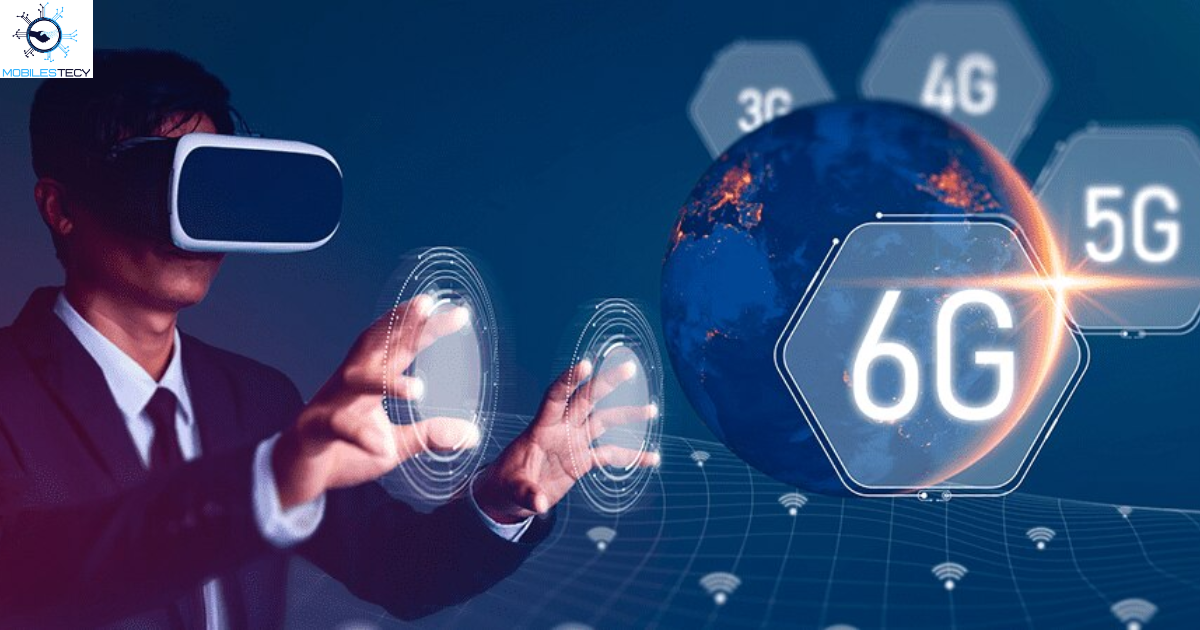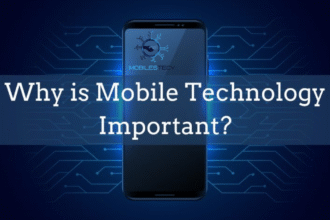The world of mobile technology continues evolving at an incredible pace. Each generation offers faster speeds and better connectivity for global communication. Now, experts are turning their attention toward the next frontier: 6G. This future wireless standard promises dramatic improvements over today’s 5G networks. It aims to connect people, devices, and systems more intelligently than ever.
6G, or sixth-generation mobile technology, is still under active development. Although it won’t arrive until around 2030, research is well underway. Countries and tech giants are racing to define and build the infrastructure. The vision for 6G includes unmatched speed, ultra-low latency, and massive connectivity. It will revolutionize how we experience communication, automation, and digital interactions.
Unlike earlier generations, 6G is more than just faster data speeds. It will support real-time holograms, smart cities, and autonomous robotic systems. Advanced artificial intelligence will be built into the core network design. These changes could transform industries like healthcare, transportation, and education worldwide. Understanding 6G now prepares us for the tech-driven world of tomorrow.
Table of Contents
What is 6G Mobile Technology?
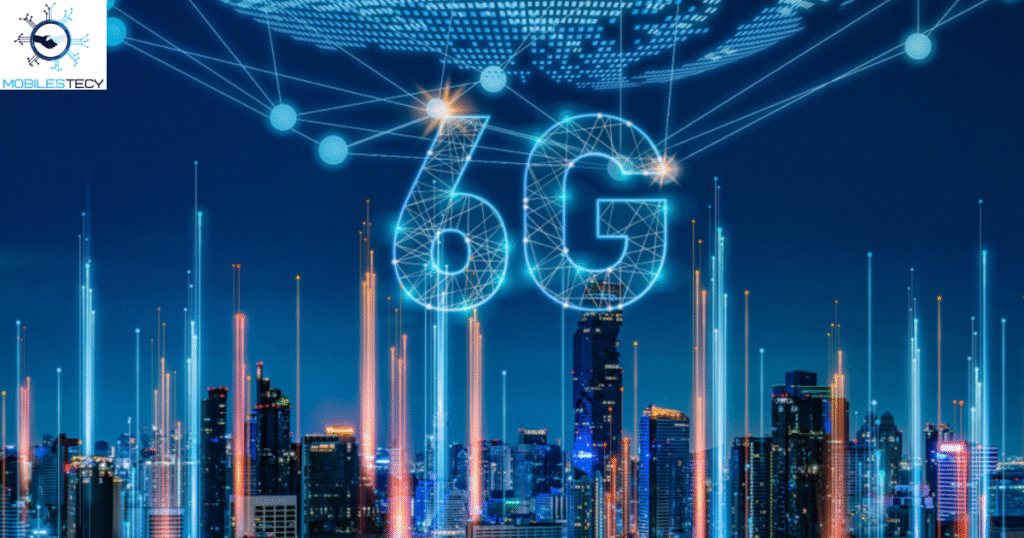
6G is the sixth generation of wireless mobile communication technology standard. It is currently under development by global researchers and technology institutions. The goal is to create faster, smarter, and more efficient communication systems. 6G will far surpass 5G in performance, speed, and responsiveness. Its arrival is expected around the year 2030 or shortly after.
Unlike previous generations, 6G isn’t only about improving download and upload speeds. It aims to connect everything—from smartphones to smart cities and machines. It will allow for instant communication between devices without noticeable delay. Advanced technologies like AI and edge computing will support its infrastructure. The result will be a seamless, intelligent, and responsive global network.
This evolution will affect how humans and machines interact across all platforms. We’ll see improvements in education, healthcare, transportation, and industrial automation. Remote surgeries, real-time holograms, and immersive virtual experiences will become mainstream. 6G will support millions of simultaneous devices with lightning-fast coordination. Its capabilities will redefine communication as we know it today.
Key Features of 6G Technology
6G is expected to offer speeds up to one terabit per second. That is roughly one hundred times faster than current 5G networks. This speed will support high-resolution applications like real-time holographic streaming. It will change how we experience entertainment, education, and remote collaboration. Speed will no longer be a limitation to digital experiences.
Latency in 6G networks will be reduced to under one millisecond. Such low latency will make responses nearly instant, enabling real-time feedback. This is vital for self-driving cars, smart factories, and medical robotics. It also enhances virtual reality and augmented reality applications significantly. Interactivity will feel more natural and responsive, even across great distances.
Another major feature is the use of terahertz (THz) frequency bands. These frequencies support massive bandwidth but struggle with range and obstacles. Innovations in antennas and signal processing are required to overcome challenges. 6G will also embed artificial intelligence into its network management systems. This allows self-optimizing, adaptive, and energy-efficient communication environments.
Global Race Toward 6G Leadership
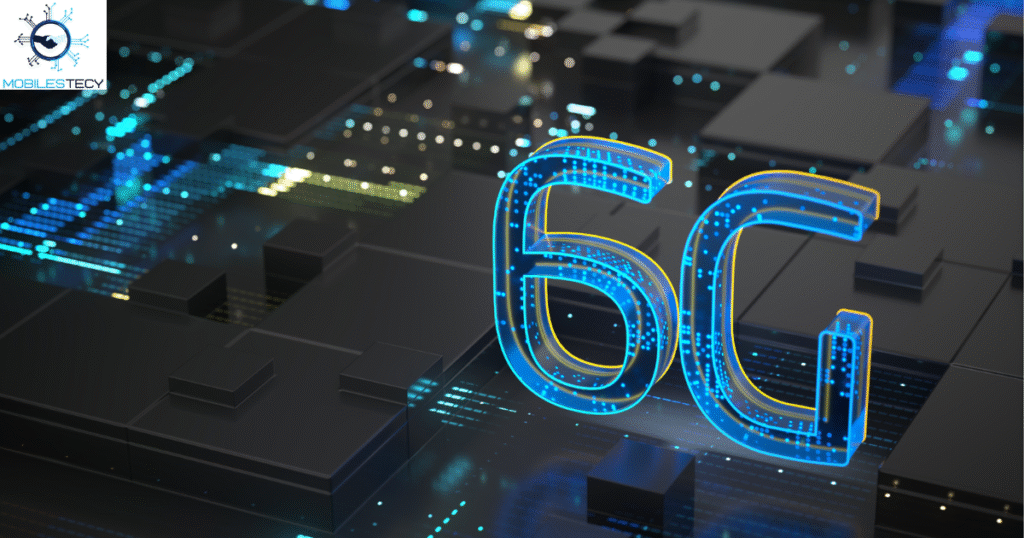
Countries worldwide are investing heavily in 6G research and development. Nations like China, South Korea, and the U.S. are leading efforts. Tech giants including Samsung, Huawei, and Nokia are driving major innovation. Collaboration between governments and corporations will shape future wireless dominance.
The European Union launched projects like Hexa-X for 6G exploration. These initiatives aim to build early prototypes and define global standards. Academic institutions are also contributing critical research and technical breakthroughs. International cooperation is key to ensure fair, widespread 6G deployment.
Future Applications of 6G
One revolutionary use of 6G is real-time holographic telepresence experiences. People could appear as 3D holograms in remote locations instantly. This would enhance meetings, education, and virtual tourism around the world. Holograms would feel lifelike, thanks to 6G’s speed and ultra-low latency. It bridges the gap between physical and digital human interaction.
In healthcare, 6G could support remote robotic surgeries with incredible precision. Surgeons could operate from thousands of miles away without any lag. Wearable sensors would constantly monitor vital signs and report instantly. Emergency services could be alerted even before symptoms become critical. It represents a major leap toward preventative and accessible medical care.
Smart cities will rely on 6G to function efficiently and safely. Millions of sensors, cameras, and systems will exchange data in real-time. Traffic, energy, and security systems will adapt to changing conditions instantly. 6G networks will power autonomous vehicles communicating with city infrastructure. This ensures safer, cleaner, and more efficient urban environments worldwide.
Challenges in Implementing 6G
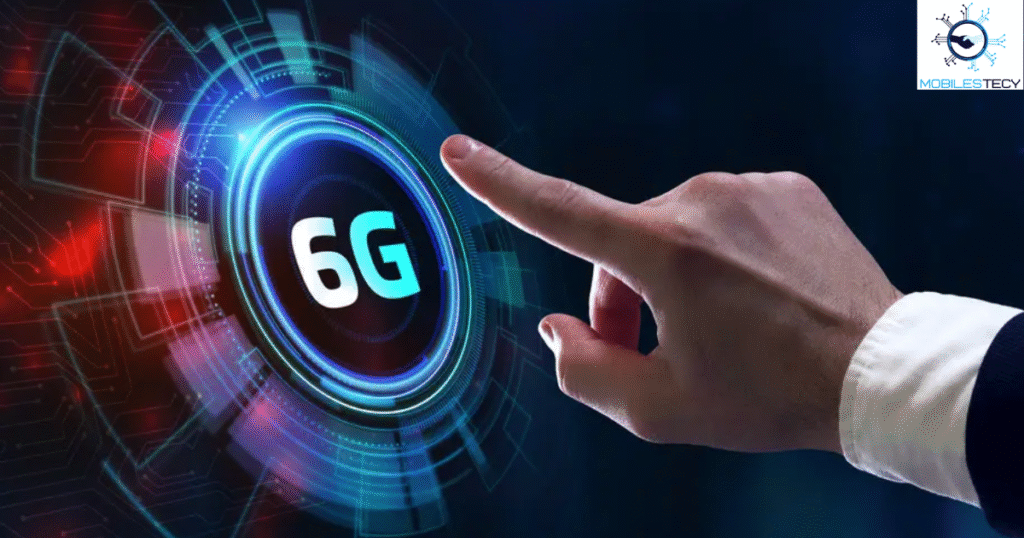
One major challenge for 6G mobile technology is operating in terahertz frequency bands. While THz bands offer speed, they have very limited transmission range. Signal degradation happens quickly due to atmospheric absorption and physical obstructions. This requires building more small base stations and new antenna technologies. Developing these solutions will be time-consuming and cost-intensive for providers.
Energy efficiency is another concern due to increased data transmission demands. 6G mobile technology infrastructure must be designed with sustainability as a top priority. Low-power components and intelligent energy management systems are being researched. Networks will need to dynamically manage loads to reduce energy waste. The goal is high performance without harming the planet’s environment.
Security and privacy risks grow as more devices connect to networks. Data transmitted through 6G will include health, personal, and financial information. Advanced encryption, AI-driven threat detection, and policy compliance are essential. Establishing global standards will be critical to ensure safe technology adoption. Without safeguards, 6G’s potential benefits could turn into serious vulnerabilities.
Timeline and Expectations for 6G Deployment
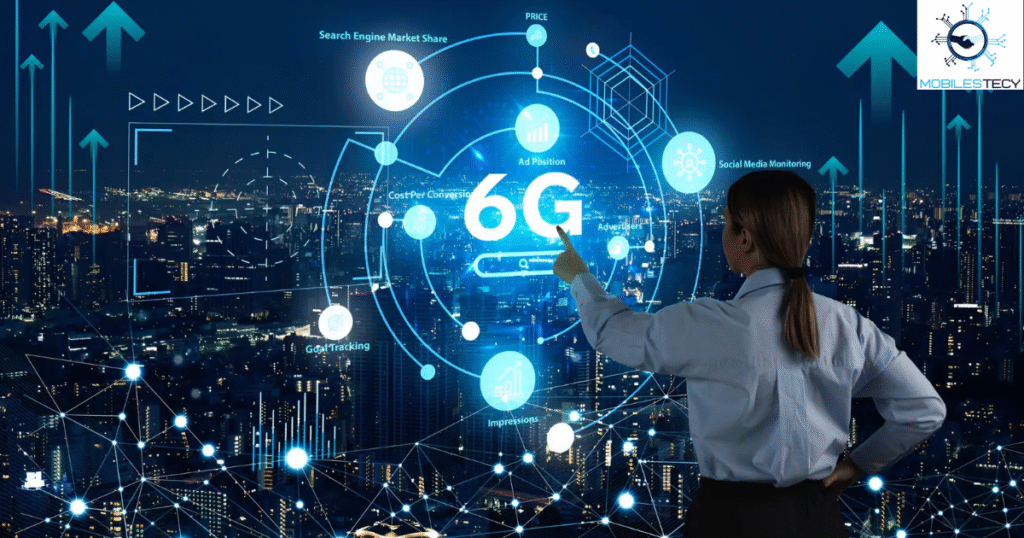
Most experts predict commercial 6G networks will emerge by around 2030. Before that, extensive testing, trials, and standardization must be completed. Between 2025 and 2028, we’ll see early prototype demonstrations worldwide. Mass adoption could follow several years after initial commercial launch begins.
Like previous generations, 6G deployment will be phased and geographically uneven. Advanced economies may lead, while others adopt it gradually over time. Despite challenges, excitement continues to build across tech and telecom sectors. 6G promises to unlock a new era of global digital innovation.
- 6G will deliver speeds up to one terabit per second.
- Latency in 6G networks will drop below one millisecond.
- 6G will use terahertz frequencies to boost data transmission capacity.
- AI will be deeply integrated into the 6G core architecture.
- 6G will power future applications like smart cities and virtual presence.
Faq’s
What is 6G and how does it differ from 5G?
6G is the next mobile technology network with faster speed and lower latency. It enables smarter AI, real-time systems, and terahertz data transmission.
When is 6G expected to be available for public use?
Commercial 6G rollout is expected to begin between 2029 and 2030. Global adoption may take years, depending on region and infrastructure readiness.
What technologies will 6G support that 5G currently cannot?
6G will enable real-time holograms, brain-computer interfaces, and advanced robotics. It will also enhance space communication and precision agriculture applications.
Will 6G improve internet performance in rural and remote areas?
Yes, 6G aims to extend high-speed connectivity to underserved regions. Satellite networks and smart antennas will help close the digital divide.
What are the main challenges developers face with 6G technology?
Terahertz signal limitations, power consumption, and security risks are key issues. Developers also face difficulties building cost-effective, scalable infrastructure solutions.
Conclusion
6G mobile technology represents the future of global wireless communication systems. Its unmatched speed, low latency, and smart connectivity will redefine industries worldwide. From healthcare to transportation, 6G promises seamless, intelligent, and real-time interaction. It will empower technologies like holography, automation, and immersive virtual environments. This leap forward marks a new chapter in digital transformation and innovation.
Despite its potential, 6G still faces many complex technical and logistical challenges. These include terahertz frequency limitations, infrastructure costs, and energy efficiency concerns. Global collaboration and sustained investment will be essential to overcome such barriers. Security, privacy, and equitable access must also guide 6G’s global development.
Building trust.
Looking ahead, 6G offers exciting possibilities that go far beyond mobile devices. It will connect people, machines, and environments like never before imagined. Preparing now allows businesses and governments to adapt early and responsibly. As development progresses, staying informed will be key to future readiness. 6G is not just an upgrade—it’s a foundation for a smarter world.
Read more latest Articles on Mobilestecy.com

